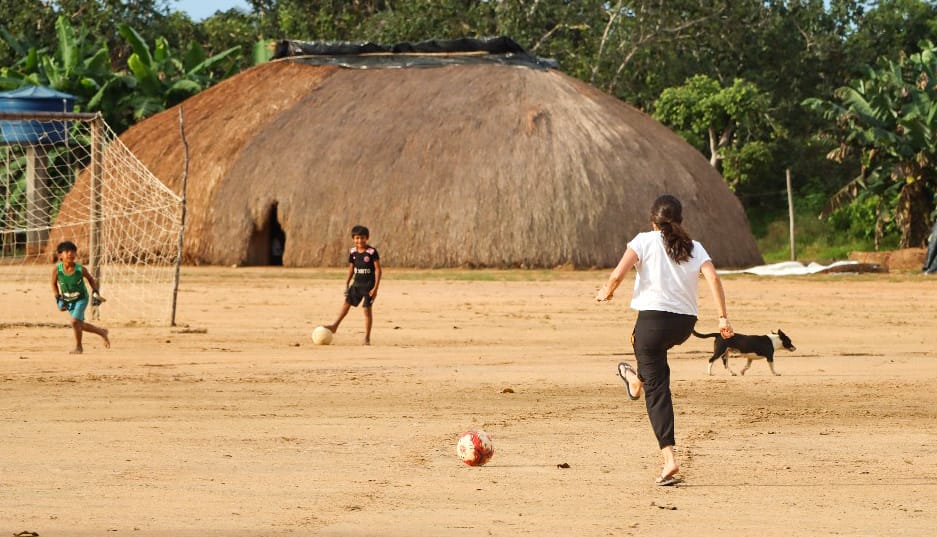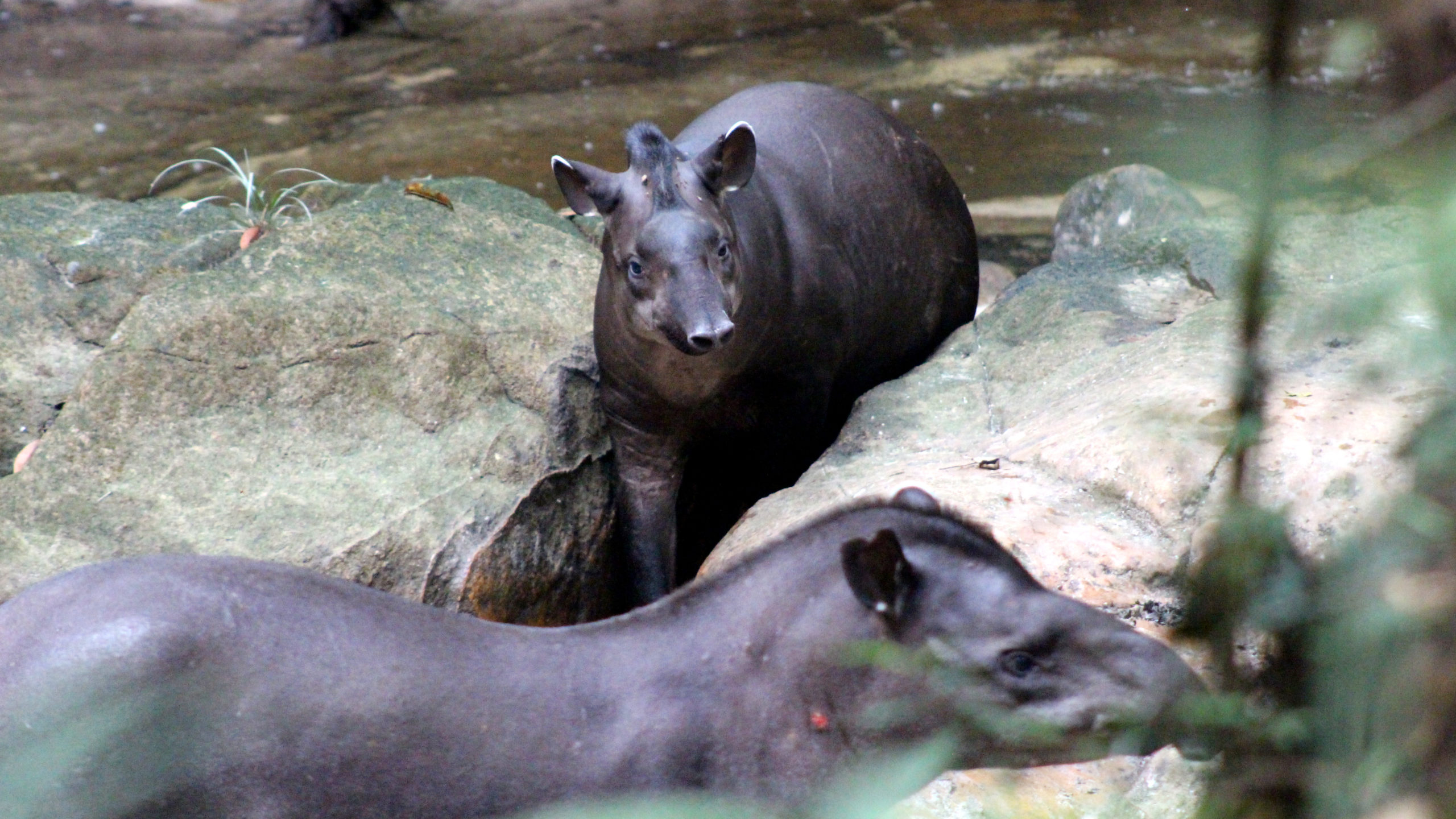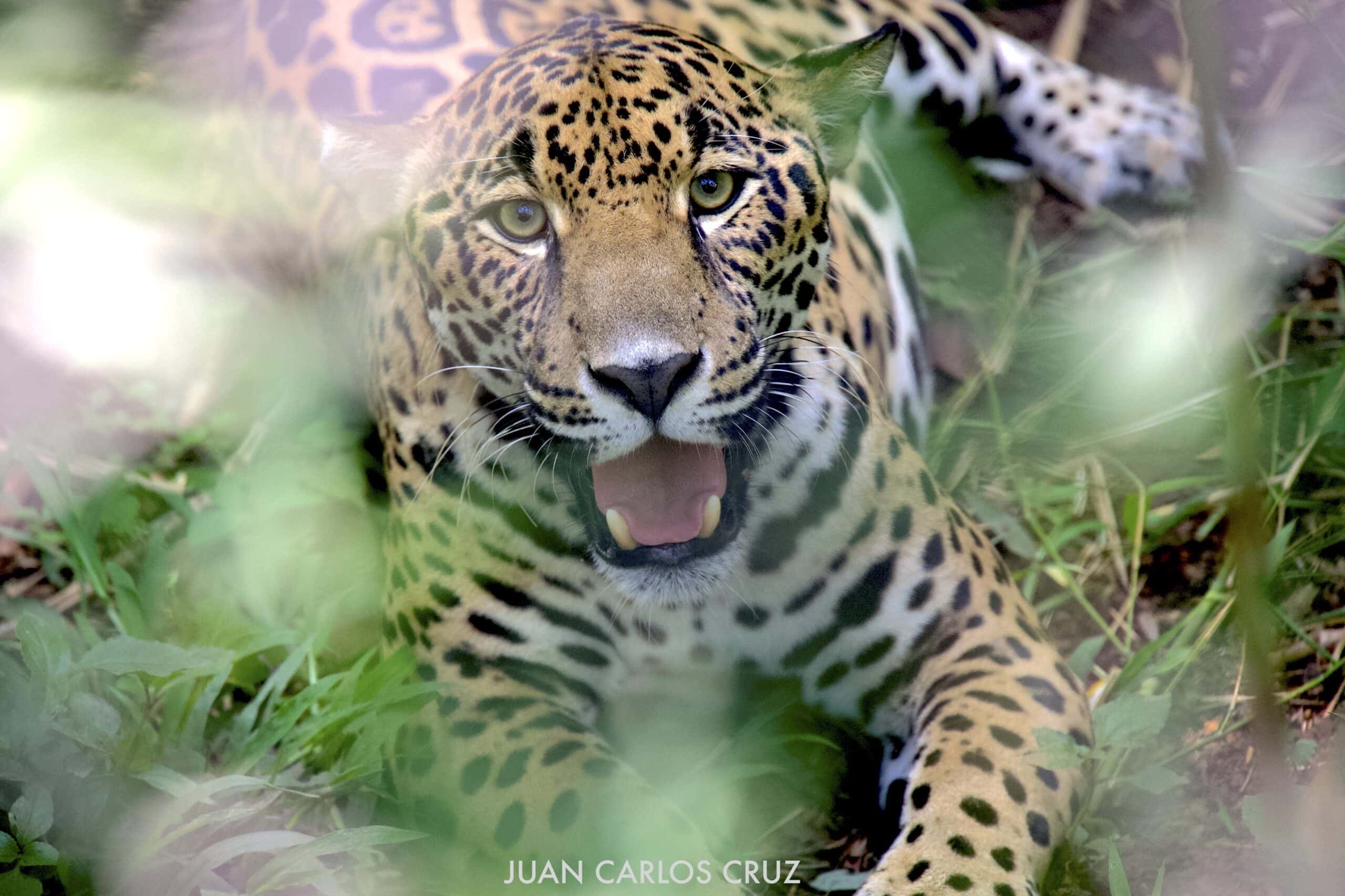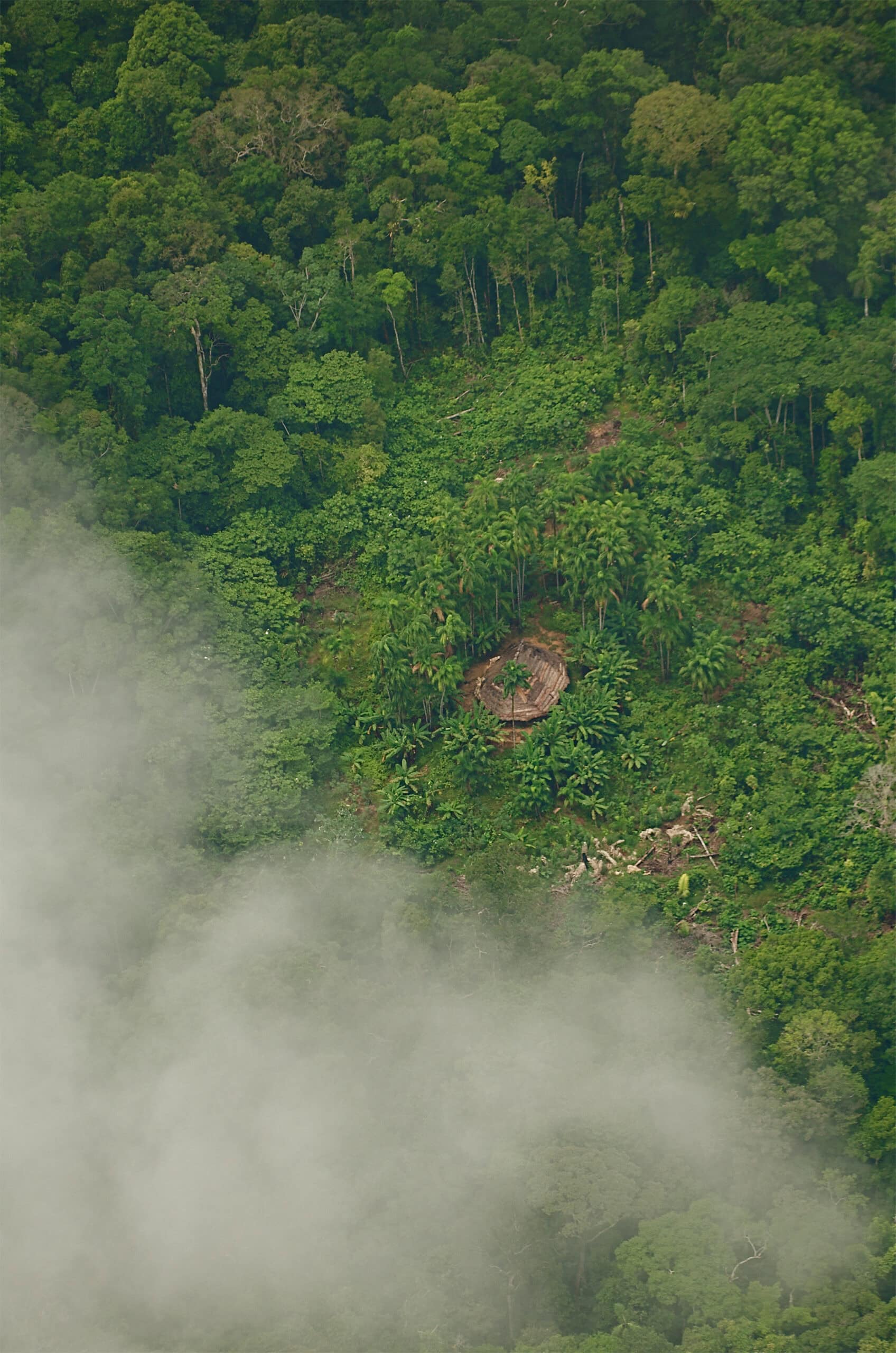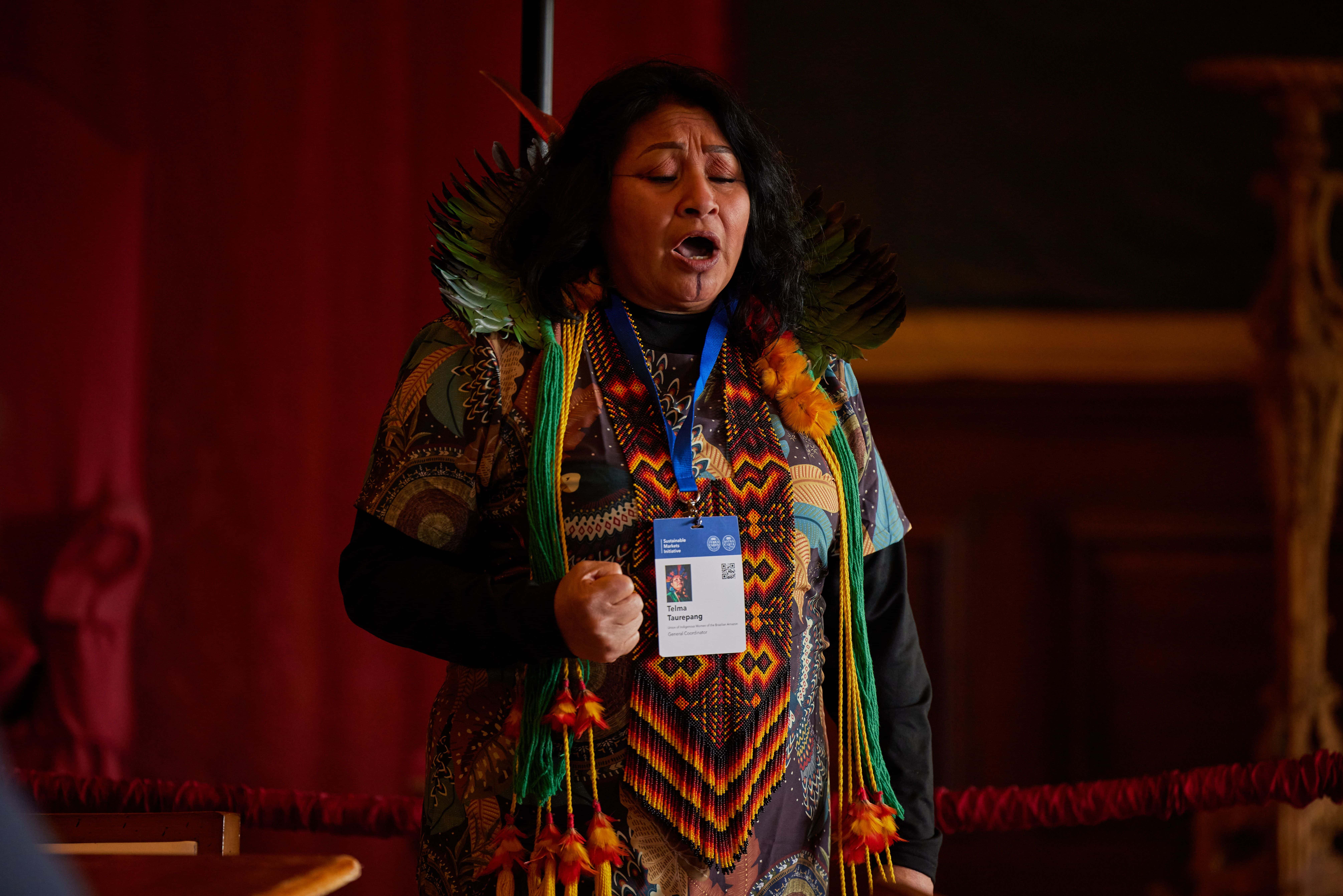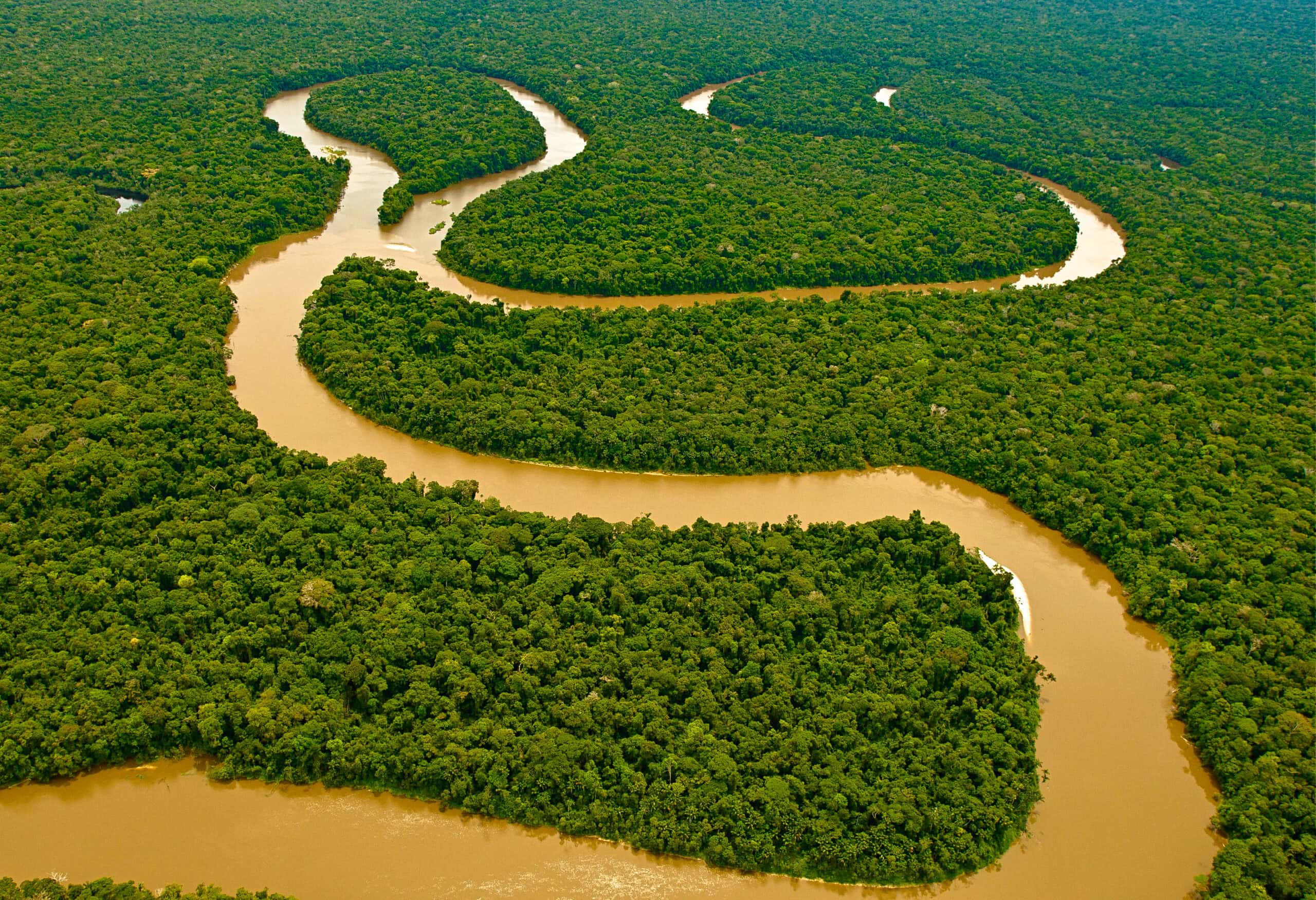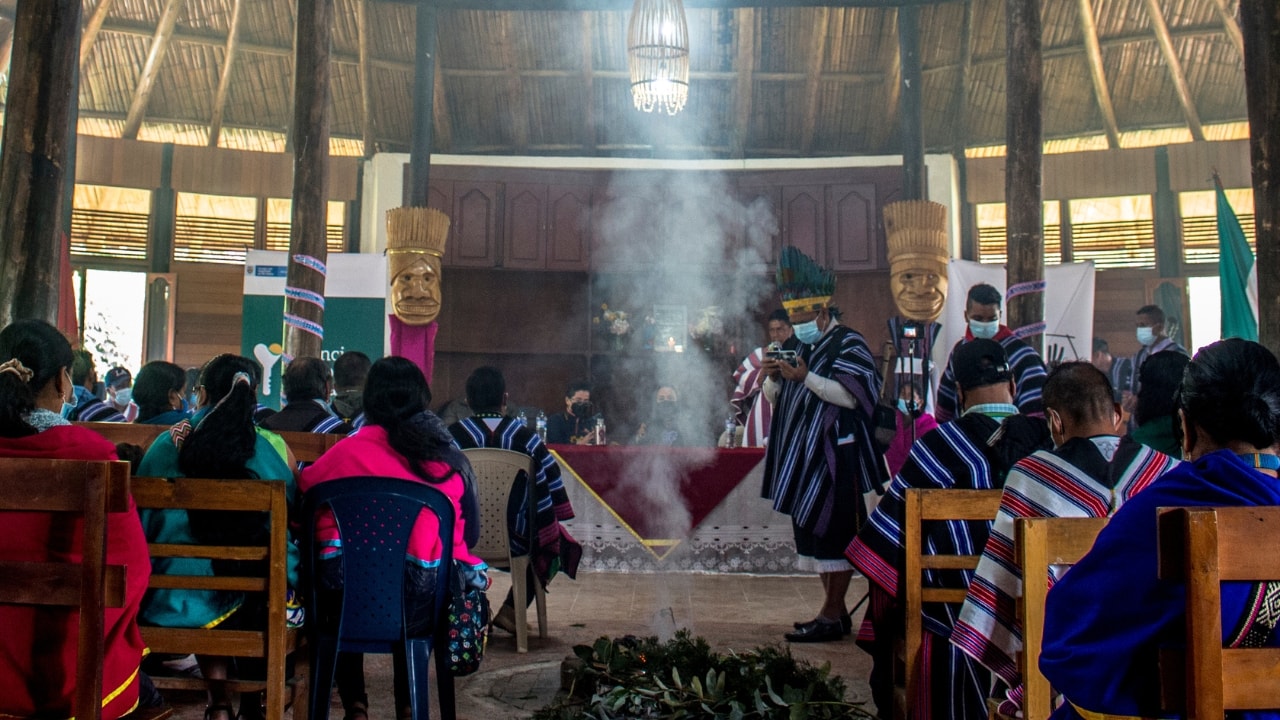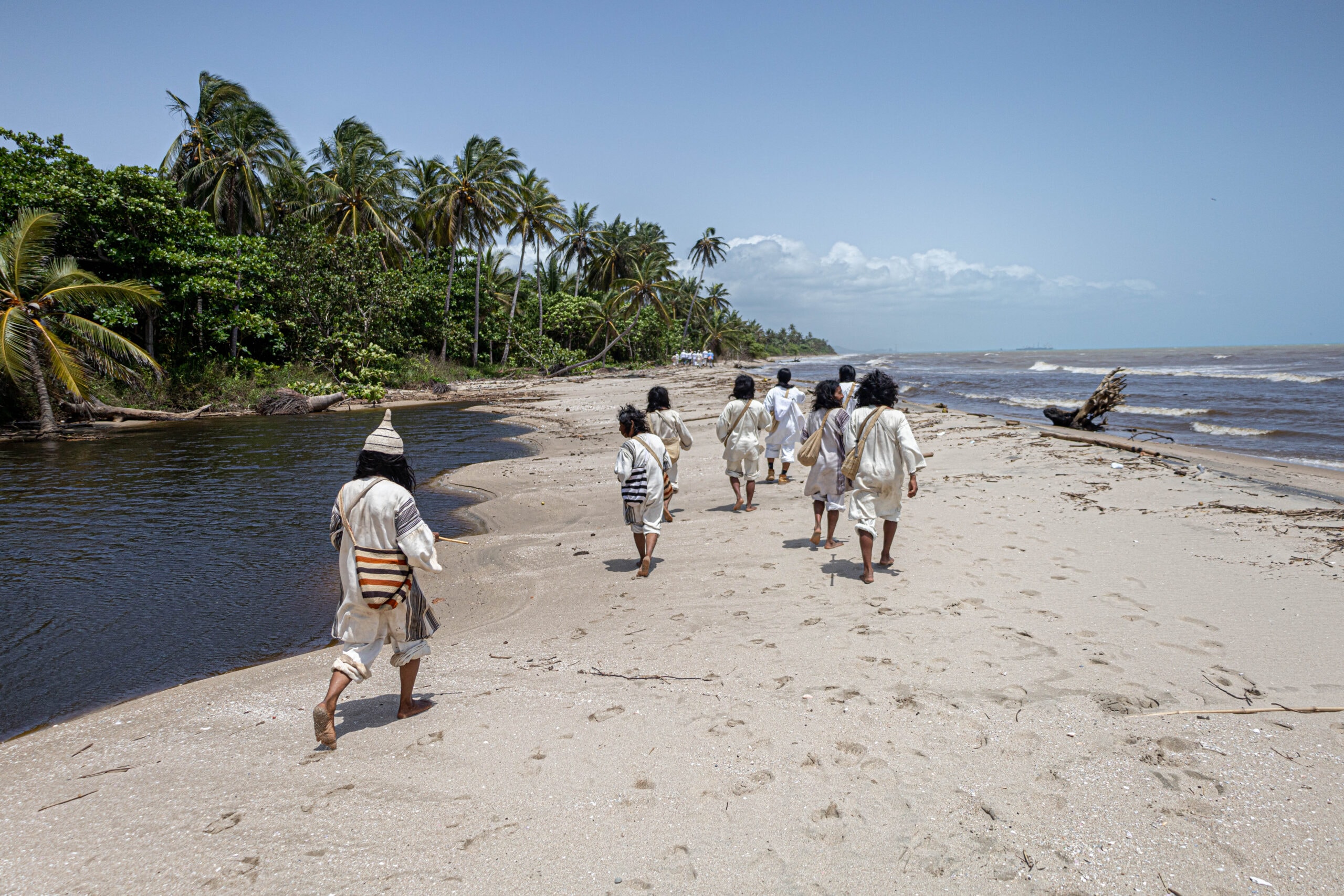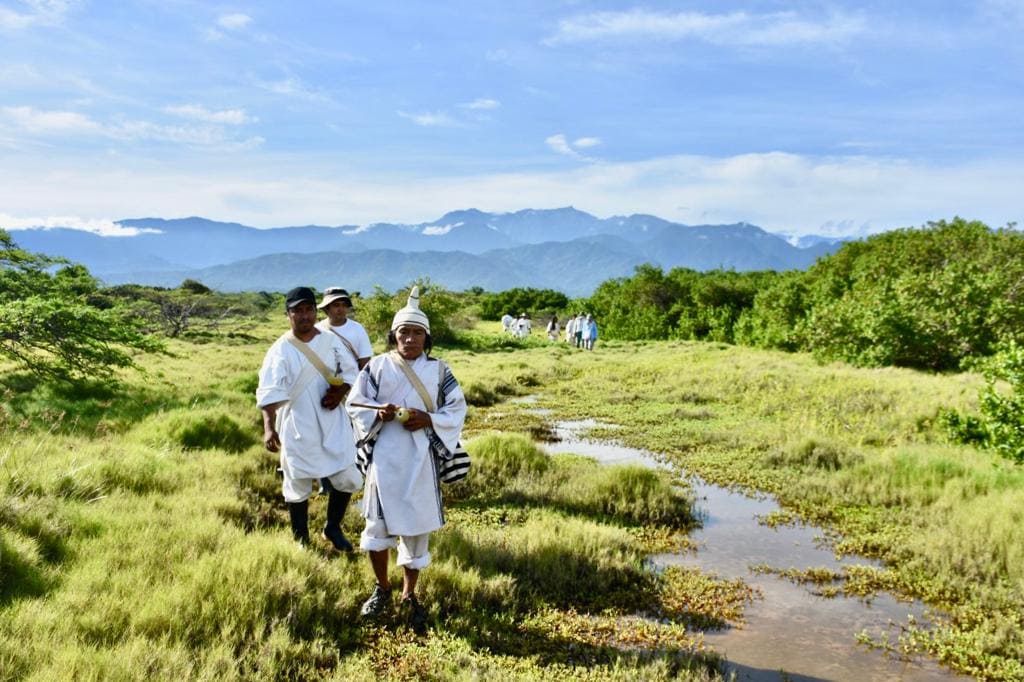Posts Tagged ‘Conservation’
A Return to Ulupuwene: Indigenous-Led Conservation in Brazil
Ulupuwene, within the Batovi Indigenous Territory of Brazil, has a special place in the heart of ACT. It is a small community of courageous Waura people, led by Chief and Pajé (shaman) Eleukah and his wife Kapi, who is also a powerful shaman. We met a little over two decades ago, and since then, together,…
Read MoreMeet the Amazon Tapir: The Rainforest’s Gentle Giant
Every April 27, we celebrate World Tapir Day—a chance to shine a spotlight on one of the Amazon’s most unique and underappreciated animals: the tapir. Often described as a cross between a pig and an anteater, the Amazon tapir (also known as the South American tapir or lowland tapir) is neither. In fact, its closest…
Read MoreThe Jaguar: Guardian of the Amazon
In the heart of the Amazon rainforest, one elusive and powerful creature reigns supreme—the jaguar. Known as el tigre in much of South America, the jaguar is more than just an apex predator. Jaguar conservation in the Amazon is essential for the health and resilience of Amazonian ecosystems. The jaguar is also a sacred being…
Read MoreColombia Makes History: Legal Protection for Indigenous Peoples in Isolation
Colombia Makes History: Legal Protection for Isolated Indigenous peoples in Colombia In a groundbreaking move, the Colombian government has taken an unprecedented step to protect Indigenous Peoples Living in Isolation by defining their territory—with Indigenous allies, the Amazon Conservation Team (ACT), and a coalition of partner organizations playing central roles in fostering this historic resolution. Indigenous…
Read MoreWhy Indigenous Land Rights Matter: A Powerful Message from the Amazon
An Indigenous Voice at a Global Event Imagine standing in front of some of the world’s most powerful business leaders and telling them they need to do better. That’s exactly what Telma Taurepang, an Indigenous leader from the Amazon and an Amazon Conservation Team – Brasil assembly member, did in London at the Terra Carta…
Read MoreThe Amazon Rainforest: Fascinating Facts About Its Importance and Biodiversity
The Amazon Rainforest represents one of the most vital ecosystems on Earth, home to an incredible variety of plants, animals, and indigenous tribes. As the world’s largest tropical rainforest, the Amazon is crucial not only for its biodiversity but also for its role in regulating the global climate and supporting human life. As a result,…
Read MoreHow the heart of the Amazon was protected
Five years ago, two indigenous territories in Colombia were expanded, establishing a protected area mosaic the size of Virginia.
Read MoreReclaiming the Sacred Sibundoy Valley: A Ten Generation Story
Real, enduring change requires a long-term commitment. The Inga and kamëntsá have resisted and persisted for more than 500 years to protect their culture and reclaim their forests and their most sacred place of origin. ACT will continue to stand alongside them.
Read MoreBiocultural restoration at Jaba Tañiwashkaka
Understand how the Kogui people reclaimed access to the sea and restored nature at a coastal sacred site through our new blog about Jaba Tañiwashkaka.
Read MoreColombian National Land Agency formalizes fourth expansion of the Kogui-Malayo-Arhuaco Indigenous Reserve
The KMA reserve is inhabited by three of the four peoples of the Sierra Nevada de Santa Marta: the Wiwa people (Malayo or Arzario), Kággaba (Kogui) and Ikᵾ (Arhuaco), with jurisdiction in the departments of Magdalena, Cesar and La Guajira. 3,575 indigenous families benefit from the 213 new hectares, which are allocated to cultural and environmental protection and recovery between the upper and lower areas of the Sierra Nevada de Santa Marta, increasing the area of the reserve to just over 407,839 hectares.
Read More

